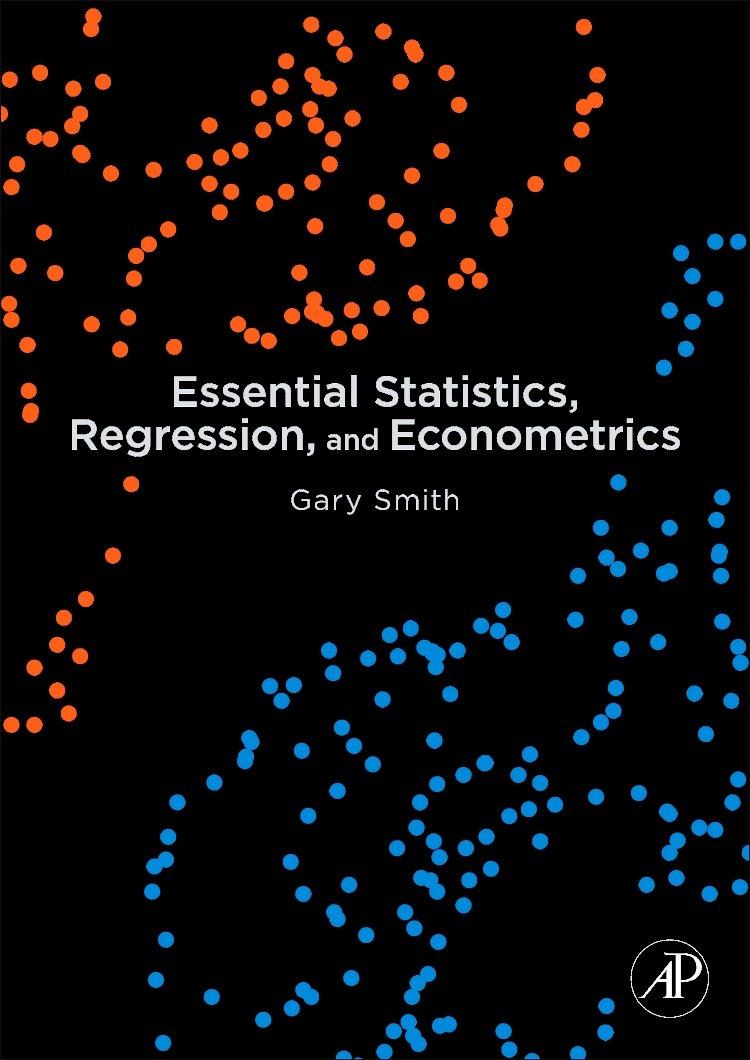In the 1920s, a vaccine called BCG was tested to see if it could reduce deaths from
Question:
In the 1920s, a vaccine called BCG was tested to see if it could reduce deaths from tuberculosis [11]. A group of doctors gave the vaccine to children from some tubercular families and not to others, apparently depending on whether parental consent could be obtained easily. Over the subsequent 6-year period, 3.3% of the unvaccinated children and 0.67% of the vaccinated children died from tuberculosis.
A second study was then conducted in which doctors vaccinated only half of the children who had parental consent, using the other half as a control group. This time 1.42% of the unvaccinated children and 1.52% of the vaccinated children died from tuberculosis. Provide a logical explanation for these contradictory findings.
Step by Step Answer:

Essential Statistics Regression And Econometrics
ISBN: 9780123822215
1st Edition
Authors: Gary Smith





